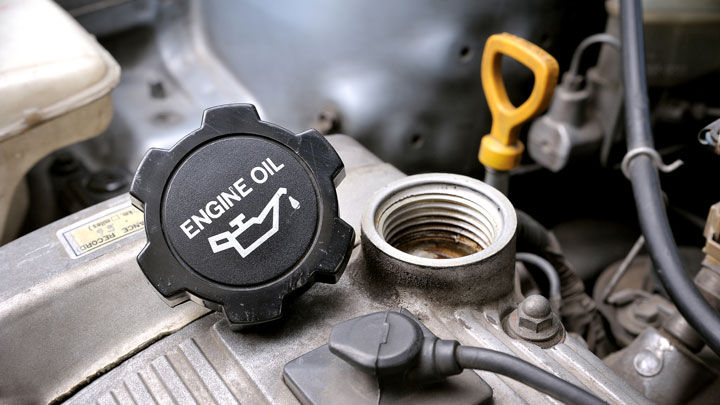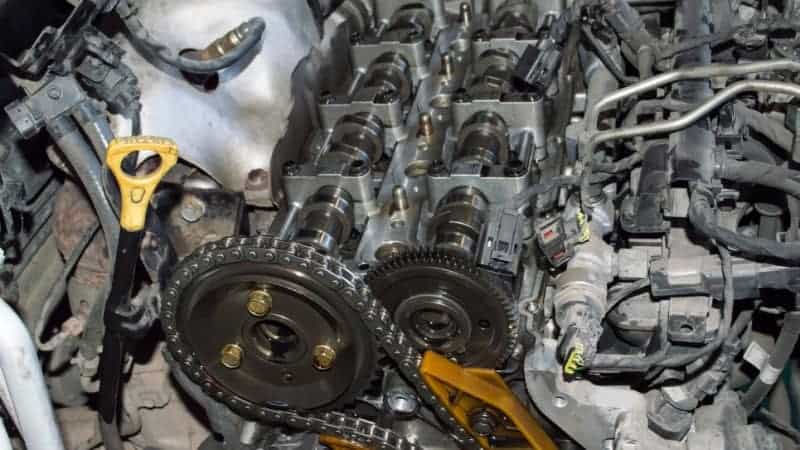P0012: The Engine Code You Need to Know
- julia margrait
- Dec 6, 2022
- 4 min read
If you’re an avid car enthusiast, then you’ve probably heard of this code before. If not, you need to know that p0012 means your engine computer has detected an error in the CMP (camshaft position) sensor, and it can cause various problems with the car. Keep reading to learn more about what this p0012 code means, what causes it and how you can fix the problem!

What is P0012?
P0012 is an engine code that can indicate a number of different issues with your vehicle. It is important to diagnose the root cause of this code in order to get your car back in working order. This code is often caused by problems with camshaft timing, variable valve timing, and intake valve timing.
P0012 is generally caused by one of two things: either a faulty variable valve timing system or an issue with the camshaft timing. The variable valve timing system is responsible for controlling the timing of the engine valves, while the camshaft timing is responsible for controlling the timing of the camshafts.
When this code is triggered, it usually means that the engine has not been able to keep up with its proper timing settings. This can lead to a variety of problems, including decreased power and reduced fuel efficiency.
In order to fix the problem, you will need to pinpoint the exact cause of the code. Common causes include faulty sensors, worn or damaged components, or even a software error. If the cause is a faulty sensor, then it should be replaced. If the cause is worn or damaged components, then they must be replaced. Finally, if the cause is a software issue, then a professional technician can help you fix it.
Once the issue is resolved, you will want to take your vehicle for a test drive to make sure that everything is functioning properly again. Keeping an eye on your engine codes will help you identify any further problems before they become more serious.
What are the causes of P0012?
P0012 is a diagnostic trouble code (DTC) indicating a camshaft timing issue in an engine. It’s often associated with a fault in the camshaft actuator control system, which regulates the operation of the camshafts and the valve timing. A P0012 code is usually set when the timing of the camshafts has deviated from its target position for too long.
The most common cause of a P0012 code is a problem with the variable valve timing (VVT) system. This system is responsible for controlling the opening and closing of valves in an engine to adjust how much air and fuel are entering the cylinders. If it fails, the camshaft timing can be thrown off, causing poor performance and setting the P0012 code.
Other potential causes of a P0012 code include oil contamination, faulty or worn components in the VVT system, and a loose or broken timing belt or chain. These issues can also cause the camshaft to become out of sync, resulting in a P0012 code.
It’s important to diagnose and repair the underlying cause of a P0012 code as soon as possible. If left unaddressed, the issue can lead to further engine damage, including potential component failure and/or decreased fuel efficiency. The best way to fix a P0012 code is to have a qualified technician inspect your engine and replace any faulty parts as needed.

What are the symptoms of P0012?
When your vehicle’s check engine light comes on, the last thing you want to do is ignore it. Doing so could lead to expensive repairs and other issues down the road. One common cause of a check engine light is engine code P0012. This code indicates that your vehicle's camshaft timing is off, meaning your engine isn’t performing as it should.
Engine code P0012 generally results from one of two problems: a malfunctioning Variable Valve Timing (VVT) solenoid, or an incorrect camshaft timing setting. If the VVT solenoid is faulty, it won't be able to control the camshaft timing correctly, resulting in engine code P0012.
Fortunately, diagnosing and fixing engine code P0012 is relatively straightforward. The first step is to read the trouble codes stored in the car’s computer. Once the codes are known, you can use them to identify the exact cause of the problem. Then, depending on the exact cause, you may need to replace the VVT solenoid, adjust the camshaft timing, or perform some other repair.
It’s important to note that if you don’t address engine code P0012 in a timely manner, it can lead to increased fuel consumption, decreased performance, and possibly even engine damage. That’s why it’s important to know the symptoms associated with this code so you can take action quickly if necessary.
How do you fix P0012?
If you've been dealing with engine trouble recently, you may have seen the dreaded engine code P0012 appear on your diagnostic scan. This particular engine code is related to the camshaft position timing, which can have serious implications for your engine's performance. Fortunately, there are some easy fixes for this issue, but it's important to understand the causes and symptoms of P0012 before you get started.
The cause of P0012 is generally an issue with the camshaft timing, either from an incorrect installation or from a malfunctioning variable valve timing system. This results in the camshaft timing being out of sync, causing a variety of issues with your engine performance. Common symptoms of P0012 include poor idle, misfiring, lack of power, and poor fuel economy.
Fortunately, the fix for P0012 is fairly straightforward. The first step is to check all the wiring and connections related to your variable valve timing system and make sure they are connected correctly. If they're not, then you'll need to replace or repair any faulty connections. Additionally, you may need to replace the VVT solenoid if it has failed. Finally, you may need to reprogram or adjust the timing of your camshafts to ensure proper synchronization.
Although P0012 is a common engine code, it can be tricky to diagnose and fix without the right knowledge. Knowing the causes and symptoms is essential for any successful repair. Armed with this knowledge, you can tackle the problem quickly and get your car back on the road. also check how to fix p0012 error code symptoms causes and explanation.
Hope you find everything that you need in this blog in the following blogs we have covered more information about more topics please go through once:

Comments